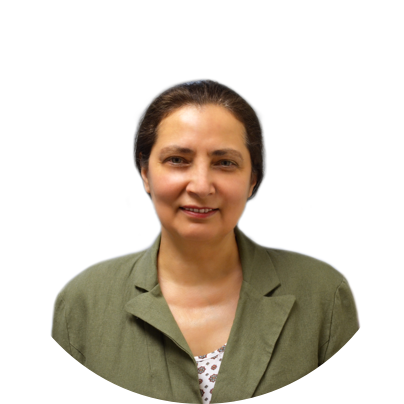
Apraxia of Speech
What is Apraxia of Speech?
Apraxia of Speech (AOS) is a motor speech disorder that makes it difficult for children to make sounds and words correctly and consistently, and put together sounds and syllables in the right order to form words. Speech muscles seem to function properly, but the brain has trouble working with the muscles to produce movements needed for clear speech. Some common characteristics include groping for the sound and incorrect use of speech stress and inflections.
There are two main types of AOS: acquired and developmental. Acquired apraxia of speech can affect a person at any age and typically occurs in adults. Developmental apraxia, or childhood apraxia of speech (CAS), is usually present from birth.
Children with CAS understand more than they are able to say. They may pronounce a difficult word correctly but then have trouble repeating it. Speech errors are inconsistent. Parents often report that each time their child says the same word, it comes out differently.
CAS can co-exist with other speech and language problems. A recent study revealed that children with autism are in a risk group for CAS.
Causes of AOS
Apraxia of speech is often associated with a damage of the frontal and parietal lobes of the left-brain hemisphere. Acquired apraxia of speech may result from a neurological event, such as an injury, tumor, stroke, or a degenerative disease. Experts do not have consensus on what causes developmental apraxia of speech. Some researchers believe that it is a result of signaling problems between the brain and the muscles involved in speech; others consider it to be caused by genetic factors.
How is AOS diagnosed?
Early diagnosing apraxia of speech helps to achieve positive treatment outcomes. There is no single factor or test that should be used to identify apraxia. A clinical assessment can be challenging and involve a transdisciplinary team with an expert speech language pathologist playing a key role. This process may take up to a few weeks as specialists look for the presence of multiple symptoms. It requires speech, language, feeding and swallowing, neurological, fine-motor, and gross-motor evaluations to rule out contributing factors. In some cases, brain-imaging tests, such as magnetic resonance imaging (MRI), may also be needed.
Treatment
Successful treatment for apraxia of speech requires high-intensity individual speech therapy. Following a comprehensive multidisciplinary evaluation, our speech language pathologists develop a specific treatment plan tailored to the needs of each client using evidence-based approaches and techniques. In addition to one-on-one therapy sessions, we strive to build a home and school-based support system. Parents, older siblings and caregivers are encouraged to participate in treatment sessions and complete daily homework. We also collaborate with other therapists, teachers and paraprofessionals who are working with a child and offer trainings for specialists on a monthly basis.
To facilitate acquisition of speech motor control in children with severe CAS, we use Dynamic Temporal and Tactile Cueing for Speech Motor Skill (DTTC) developed at the Mayo Clinic. Other programs and approaches include, but are not limited to: Prompts for Restructuring Oral Muscular Phonetic Targets (PROMPT), Kaufman Speech to Language Protocol, Integral Stimulation, Moving Across Syllables, and Treatment Program for Childhood Apraxia of Speech.
Children with CAS who receive an appropriate and consistent speech therapy are capable of achieving significant improvement in their communication skills.
For more information or to schedule an appointment, please contact us .

 Alissa Ovsepian, M.S., SpEd, Bilingual Extension (Russian) ABA Therapist and Special Educator
Alissa Ovsepian, M.S., SpEd, Bilingual Extension (Russian) ABA Therapist and Special Educator Natalia Rowe, M.S., CCC-SLP, TSSLD, Feeding Therapist, Bilingually Certified Speech Language Pathologist
Natalia Rowe, M.S., CCC-SLP, TSSLD, Feeding Therapist, Bilingually Certified Speech Language Pathologist Genie Rogers, MA CCC-SLP, Board Certified Swallowing and Swallowing Disorders Specialist, Clinical supervisor, Speech Language Pathology
Genie Rogers, MA CCC-SLP, Board Certified Swallowing and Swallowing Disorders Specialist, Clinical supervisor, Speech Language Pathology Katya Snitkovskaia, M.S. SLP and TSSLD, & M.S. SpEd
Katya Snitkovskaia, M.S. SLP and TSSLD, & M.S. SpEd